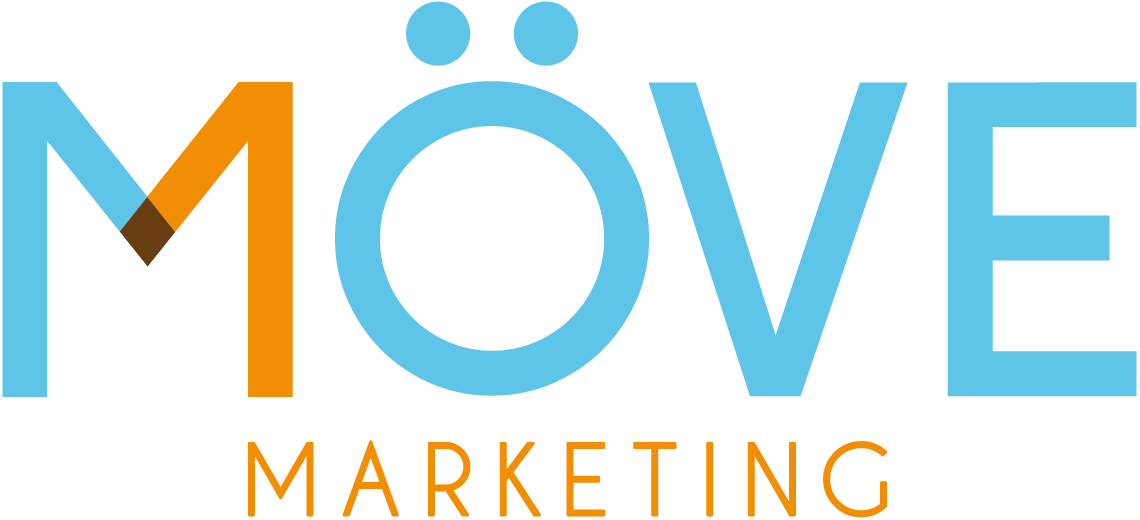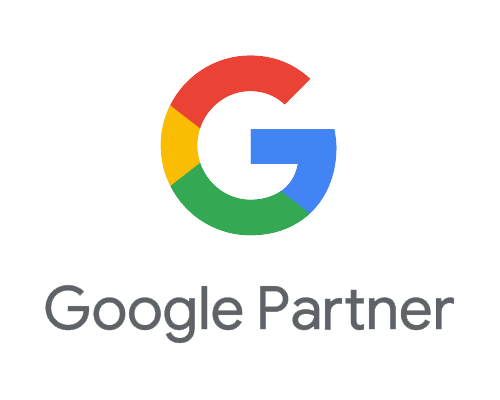
Why To Reconnect With Your Startup’s Brand Voice in the Age of AI
AI-generated content is everywhere. You’ll find it across the web in social feeds, inboxes, search results, and more. The problem? There’s a growing sameness in tone, structure, and messaging from brands. If your organization is using AI to generate content, then your audience can feel it, too.
For startups and small businesses trying to stand out, generative AI offers both risks and rewards. You might now be able to produce more content than before, and at faster rates, but those advantages come with a catch.
Already, 57% of B2B companies have turned to generative AI to scale their content production. However, many are encountering an issue they didn’t fully anticipate: that volume alone won’t guarantee brand impact. Relying too heavily on AI to share important messaging around thought leadership, product information, and domain expertise risks diluting the unique values that made your brand resonate with your target audience in the first place. The clearest takeaway so far from the rise of AI-generated content is that your audience will connect best with a distinct voice and a human perspective.
Let’s take a look at what’s happening to messaging, content, and marketing and explore how to move forward with an intentional strategy that works for your team.
The Pros and Cons of AI-Generated Content
Generative AI entered the scene quickly and started rapidly transforming marketing processes. For growing companies looking to move quickly, it quickly became tempting to rely on these new tools to keep pace. They could automate the writing of blog posts, email campaigns, product descriptions, and even social captions.
In some ways, the change has led to positive results. It’s apparent that AI can dramatically increase output. It can also reduce the cost of production and support ideation for repetitive or time-consuming tasks that previously drained creative resources.
But while the upside is clear, the downside starts subtly and progressively weakens the effectiveness of your marketing.
Across industries, brand messaging is starting to converge. When thousands of companies use the same tools trained on the same data, the result is a mass of similar-sounding content. All the taglines, calls to action, and blog intros start to blur. This makes it harder for audiences to differentiate between brands, especially in crowded markets. In that environment, a unique brand voice becomes far more memorable.
Smaller or growing companies are particularly vulnerable. With lean teams, they’re often forced to do more with less, which makes fast, AI-generated content more appealing.
In the early stages of growth, your brand voice is how you communicate what makes your organization different. It leads customers to connect with your story, your values, and your promise. When you dilute that voice by flattening it into AI-friendly templates or generic phrasing, you risk losing the authenticity that helped you gain early traction.
The reality is that AI can be incredibly useful. However, this is only true when it’s used with intention. It can support brainstorming, speed up production, and provide consistency. On the other hand, keep in mind that it can’t define your voice or shape your strategy the way a human can. In cases where your content forms the basis of the first impression a prospective user has of your company, that distinction matters more than ever.
How AI Overuse Dilutes Your Brand
We’ve established it’s true—AI tools can definitely provide a boost to your productivity. But left unchecked, they risk turning your carefully planned messaging into repetitive, templated outputs that your users and customers already see everywhere. Here’s how it happens:
- Generic AI-generated content floods feeds and inboxes. Eventually, this leads to audience burnout, limiting both interest and engagement.
- Overly familiar, automated messaging that lacks nuance and emotional depth makes it harder to earn long-term loyalty.
- For startups and growing companies, the challenge is even more apparent. If you're competing with enterprise-level brands that have bigger budgets and AI at scale, it’s easy to get lost unless you have a strong brand voice.
Why Brand Voice Still Matters
Of course, while your brand voice is communicated through elements such as tone and style, it’s important to keep an eye on the bigger picture. Your brand is how customers recognize you, build trust in your offerings, and perceive your quality of service.
AI can be used to support your content marketing operations, but you shouldn’t allow it to erase that unique voice. By incorporating AI with purpose instead of on autopilot, you can be more productive and efficient without losing impact (and revenue).
How To Reclaim and Reinvest in Your Brand Voice
Here are a few ways growing companies are balancing AI with human creativity to stand out from the crowd:
- Human-driven storytelling: Use founder insights, customer interviews, and real anecdotes to bring emotion and credibility to your content.
- Rich media: Audio clips, short-form videos, and behind-the-scenes snippets will go further than AI-generated blog copy.
- Hybrid workflows: AI can help you plan, brainstorm, and develop structure, but it’s your team adding the spark that defines your brand.
- Content strategy audits: Once you know what works, use AI to scale it. Don’t use AI to produce a large volume of ineffective content.
How Möve Supports a Strong Brand Voice
Möve partners with startups and small businesses to help build brand voices that will scale without losing what initially made them distinct.
“At Möve, we don’t just amplify brands—we future-proof what makes them special. Startups and small businesses come to us with raw, authentic voices that resonate deeply with their early audiences. Our job isn’t to sanitize or corporate-ize that magic—it’s to refine it, scale it, and ensure it grows with them.” — Kaitlyn Merola, Founder & CEO at Möve Marketing
With our fractional marketing model, we can help you:
- Refine your company’s messaging with expert strategic guidance and hands-on support as needed.
- Run content experiments and test your marketing to find the best ways to blend AI efficiency with original storytelling.
- Develop content formats that fit your audience, not arbitrary output goals.
- Discover and then optimize for content that resonates with your users and preserves an engaging brand voice.
Final Thoughts
For startups and small businesses looking to grow, it’s important not to overlook the value of building brand trust. To that end, AI should not be your default marketing strategy. As your brand earns its spot and distinguishes its voice in the market, make sure every piece of content helps build recognition and offers something your readers can’t find elsewhere.
To thrive in the AI era, you should absolutely take advantage of the speed and consistency that AI-generated materials can offer. However, your team also needs to understand the importance of oversight and where to add a human touch. Instead of letting algorithms define your brand voice, your organization can choose to refine it, protect it, and make sure it scales with you.
Ready to reconnect with your brand voice and build something distinctive? Let's talk.




